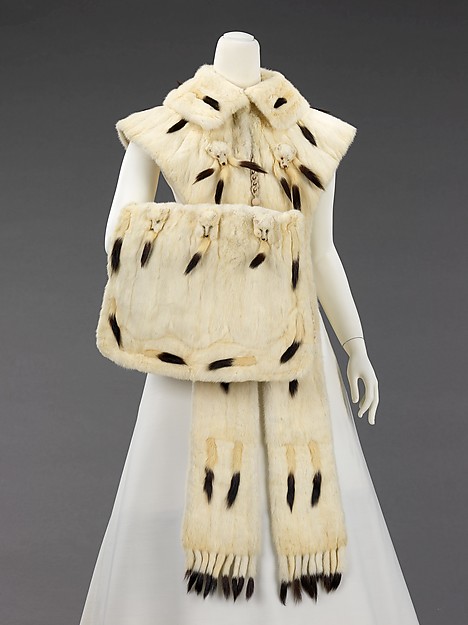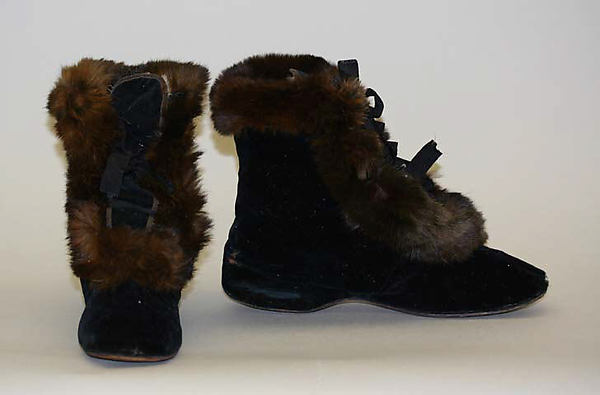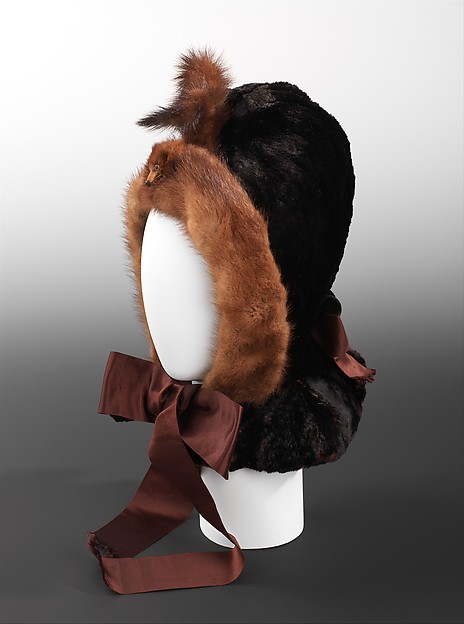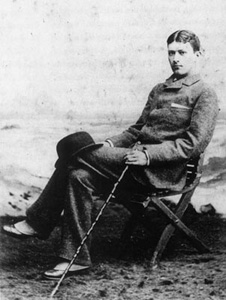About a month ago the fates aligned, and I found myself with well-loved (and highly tolerant) friends, a free afternoon, and in New York City. I'd seen the special exhibit (currently travelling, but not coming to Boston, boo!)
Impressionism, Fashion, and Modernity advertised on the Metropolitan Museum of Art's website, but didn't think I'd be able to go...and then I did! And it was AMAZING!
I've seen several exhibits (including the Alexander McQueen retrospective, which was incredible) in the space where the Met has the IFM exhibit housed, and whoever designs their layouts is a genius. It's always different, and always well-suited to the collection. IFM was quite simple, with galleries organized by themes in the art. The galleries themselves weren't decorated, which drew my eye quickly to the connections between the paintings and dresses on display. There were also several quotes by impressionists and related figures on the walls. Immediately when you enter you are presented with one such quote:
"the latest fashion...is absolutely necessary for a painting. It's what matters most." Manet, 1881
The collection of paintings is a treat, both as a lover of beauty in general and specifically as a lover of the impressionist movement. I was able to see previously-never-seen-in-real-life (having never been to the Musee d'Orsay) paintings by the famous (Monet, Cassatt, Degas, Manet, Renoir, Tissot) and some lesser-knowns that I happen to adore (Bartholomé, Caillebotte).
 |
| The Millinery Shop, Degas, 1882-1886 (this was one of my favorite paintings as a small child. It was part of a board game based on art auctioning that I loved. Seeing it in person for the first time was so cool! also HATS!!) |
The exhibit itself is hugely fascinating, with threads that discuss the evolution and partnership of fashion, consumer culture, industrial technology, and aesthetics. I bought the exhibition book, so when I finally get around to reading it I'll try to write another post discussing the analysis in depth.
 |
| the gallery called "Consumer Culture" included several beautiful examples of factory-made garments (like the corsets pictured above--by the way, the far right was made locally in Worcester, MA!) paired with paintings, like one of Degas's dressing scenes (on the wall at right), which are my favorite Degas themes |
One of the most exciting things about this exhibit as a costumer was the comparison between clothing and its representation in the paintings. Several of the dresses on display are the actual dresses worn by the subjects in the accompanying works. So cool!
 |
| In the Conservatory (Mme Bartholome), Bartholome, c.1881 |
 |
| summer dress worn by Mme Bartholome in the painting above, 1880. White cotton with printed purple patterns. |
This example happened to be one of my favorites, both because I love the in-between-bustle/natural form period, and because it has purple polka dots and stripes!
Seeing the transition of the patterns and styles from life to impressionist reinterpretations was really interesting, and also a helpful thing to think about when using images like this as inspiration for future projects. And I desperately want a late 1870s/early 1880s dress...not that I didn't already, but it always comes up again when I read Wharton, or look at paintings like these. It was also a great chance to get up close to details like embroidery and beading which aren't usually highlighted in impressionist work.
There were also a couple of dresses worn by the same model in multiple paintings by different artists, and noting the changes they made (turning sheer sleeves solid, for example) was really interesting.
 |
| more comparisons in the "black dresses" gallery the jet beading on some of these was just painfully gorgeous. |
Of course, my favorite part of the exhibit was the gallery called "En Plein Air" which is essentially French for "outside." Painting a subject (whether it be picnickers or water lillies) in nature was a large part of the impressionist movement, leading to an array of inspiring images of picnics, boating, and croquet games that make me long for white ensembles and parasols.
It just so happens the picnic season is starting, and I am so excited.
While I loved almost all the paintings in this gallery, there was one in particular I was excited to see--or rather, part of it.
 |
| the En Plein Air gallery, with the image sections in question at center back |
Monet's
Luncheon on the Grass was a life-sized capturing of what it means to spend a lazy, sunny, summer afternoon with friends. It was painted between 1865-1866, when Monet was forced to abandon the project due to lack of funds. According to his recollections from 1920 (you can read more at the
Musee d'Orsay website), the giant canvas (it measured about 13 x 20 feet) was given by Monet to his landlord when he couldn't pay rent. The landlord rolled it up and out it in the basement, where the canvas experienced severe damage and molding.
In 1884 Monet was able to buy the painting back (or maybe just pay his back rent?), but it was too late. After removing the damaged areas, only three fragments of the original remained. Since then, the third has disappeared, leaving only the two sections I was able to see at the Met.
 |
| the remaining sections of Luncheon on the Grass, Monet, 1865-1866 |
The work shows a variety of women's day ensembles from the period: some are colored, some white, some sheer. There are fashionable hats and a woman without a hat (sitting on the blanket) which is much less common and therefore interesting. I also really like that the two women in the left panel are wearing skirts that have been gathered up for outdoor activities. This is a practice I've seen before, but I really like the coordinated underskirt on the gray dress. So pretty!
We followed up with a picnic of our own in Central Park (the first picnic of the season!), and I look forward to the picnics to come this summer. I need to make an 1860s day dress, and Monet's picnic images provide just the inspiration I was looking for.
 |
| Women in the Garden, Monet, 1866 |
If you're in the NYC area, Impressionism, Fashion, and Modernity is closing this weekend, so hurry in! If you won't be able to see it, I highly recommend the
book, both for its high quality images and analysis.
(all images in this post from the Met website. Thank you!)
















































